Distance 23km • Time 5 – 7 hrs • Ascent (↑) 250m
- Most people walk the wall West to East. This has the benefit of walking with the wind. For a variety of reasons, I walked the opposite direction which meant that I would be walking against the wind for the majority of the trip. This was made up by the fact that the wall ordered by Hadrian was built from the east, allowing for a unique perspective on the unique progression of its construction.
- For the first day, we followed the river Tyne though Newcastle because little of the wall remained.
- The day before we had arrived in Newcastle and briefly toured Segedunum (Latin for Strong Fort) which had been partially excavated.
Segedunum (meaning ‘strong place) was built around 122 AD and was occupied up to almost 400AD before the Empire’s collapse. A brief time-lapse of its two-thousand-year history can be watched here: https://www.youtube.com/watch?v=HSPK4LKeBdU

The Fort was built at Wallsend in present day Newcastle Upon Tyne.
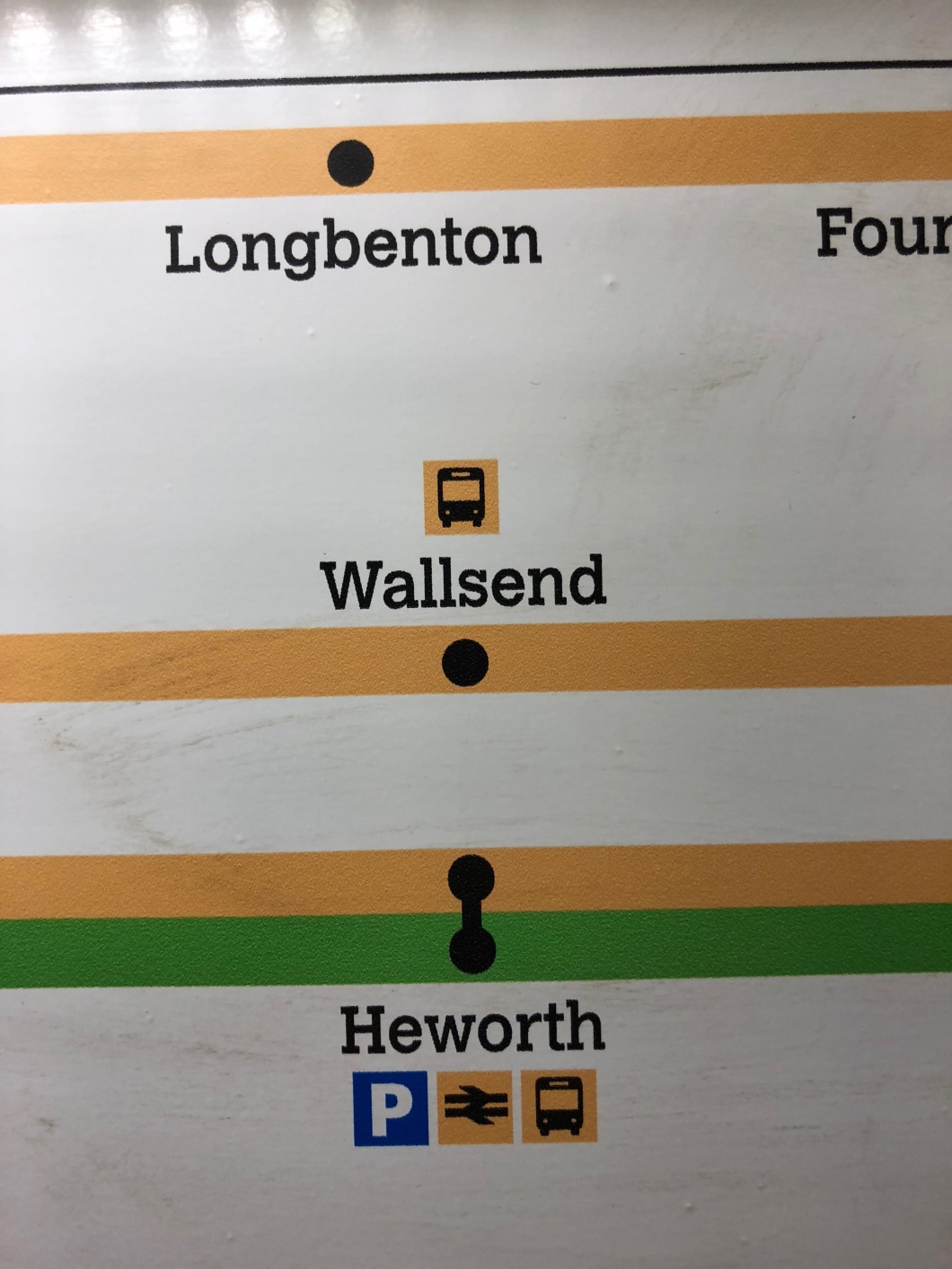
(transit stop) One thing that I really liked about the UK was how literal many of the names are.

A roman styled mosaic at the transit station in Whitley Bay (Newcastle).

Segedunum – The largest building in the bottom right was the commander’s house which was meant to imitate luxurious villas in Italy. The four long buildings on the left were the cavalry barracks. A reconstructed bath house is in the back left.

“Aerial view of Segedunum Roman fort and civilian settlement at what is now Wallsend”
As stated in the video above, the site was also used for coal mining as well as the famous Swan Hunter & Wigham Richardson shipyard which built the RMS Mauretania (1906) and the RMS Carpathia (rescued Titanic survivors). The extension of this shipyard resulted in damage to the surrounding archeological remains.
 A model of the RMS Carpathia
A model of the RMS Carpathia
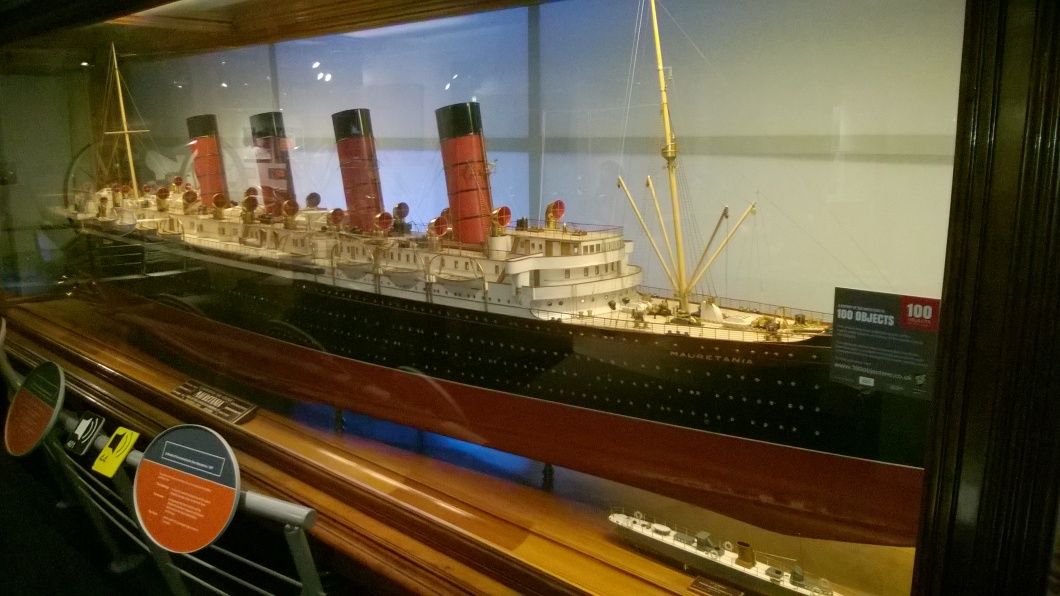
A model of the RMS Mauretania. The image below details a section of the wall that was removed during the expansion of the shipyard.


An interesting panel that demonstrates the international nature of Roman Britain.


Speculation of what have may have been at the far eastern end of the wall.

This mid to late first century helmet has two names imprinted onto the back, one translating to ‘(Property) of Civilis in the century of Seculus’.
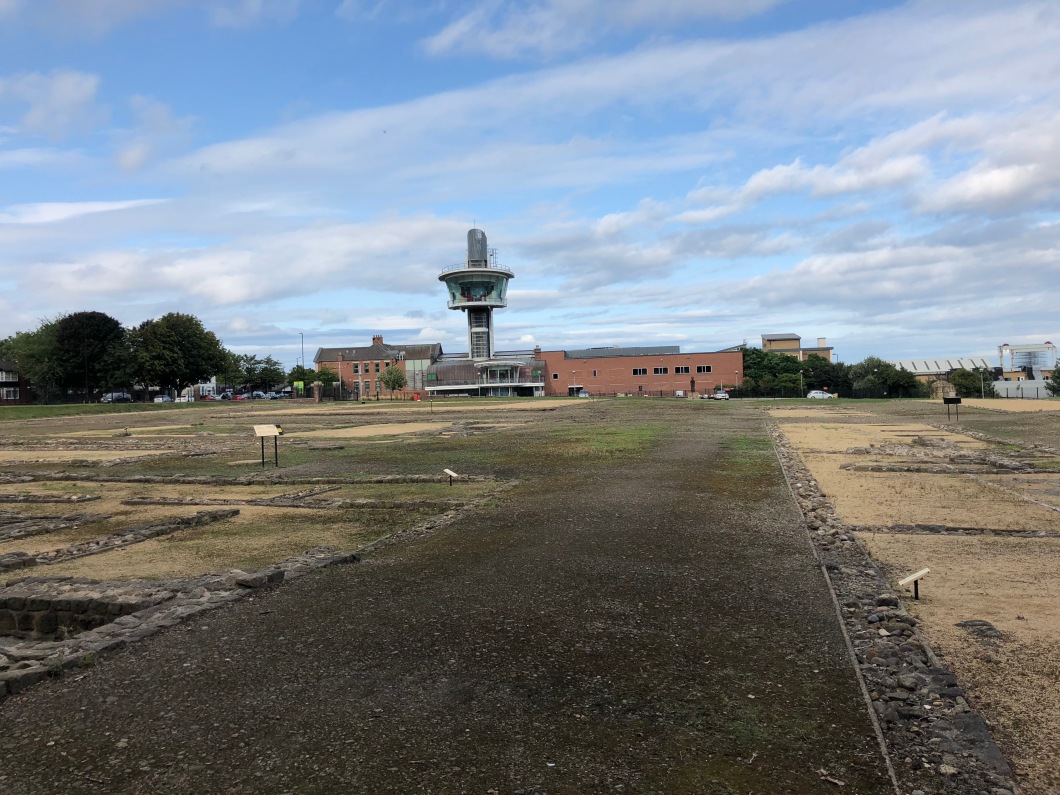
A view of the Discovery Museum from the archeological site.
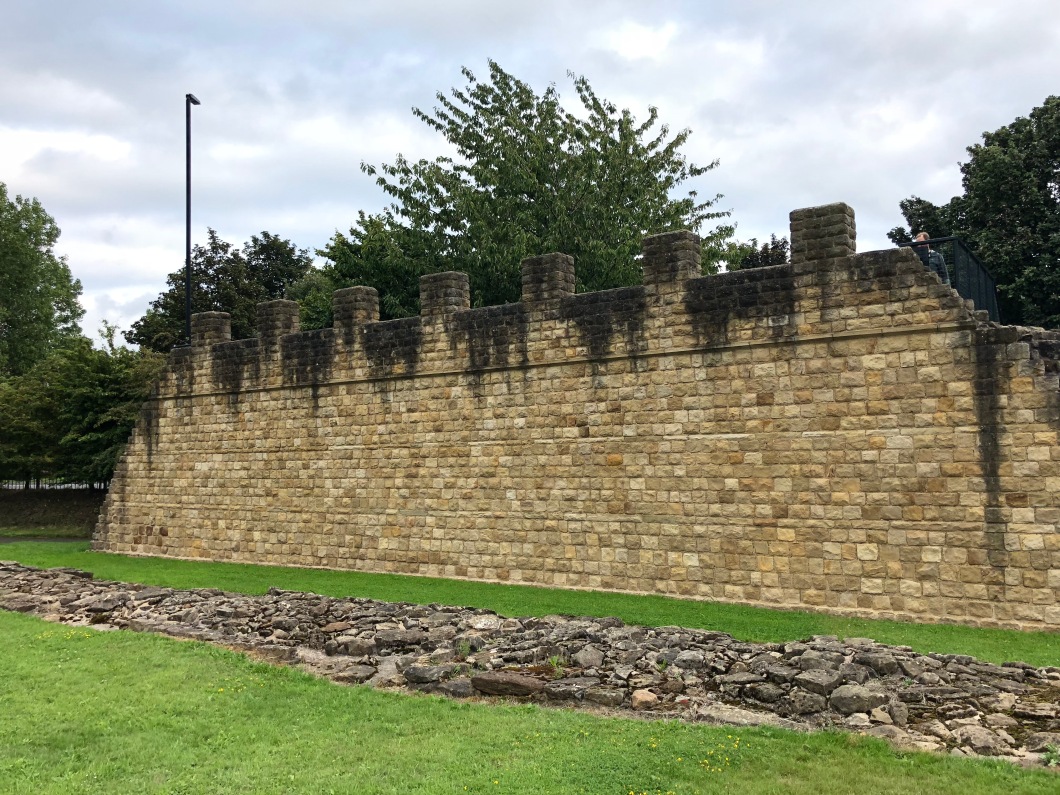
The first major piece of the wall next to a modern reconstruction that was built using Roman methods. This is the first part of the wall to be built, was much wider. Showed they had plans for a much bigger wall. Materials varied
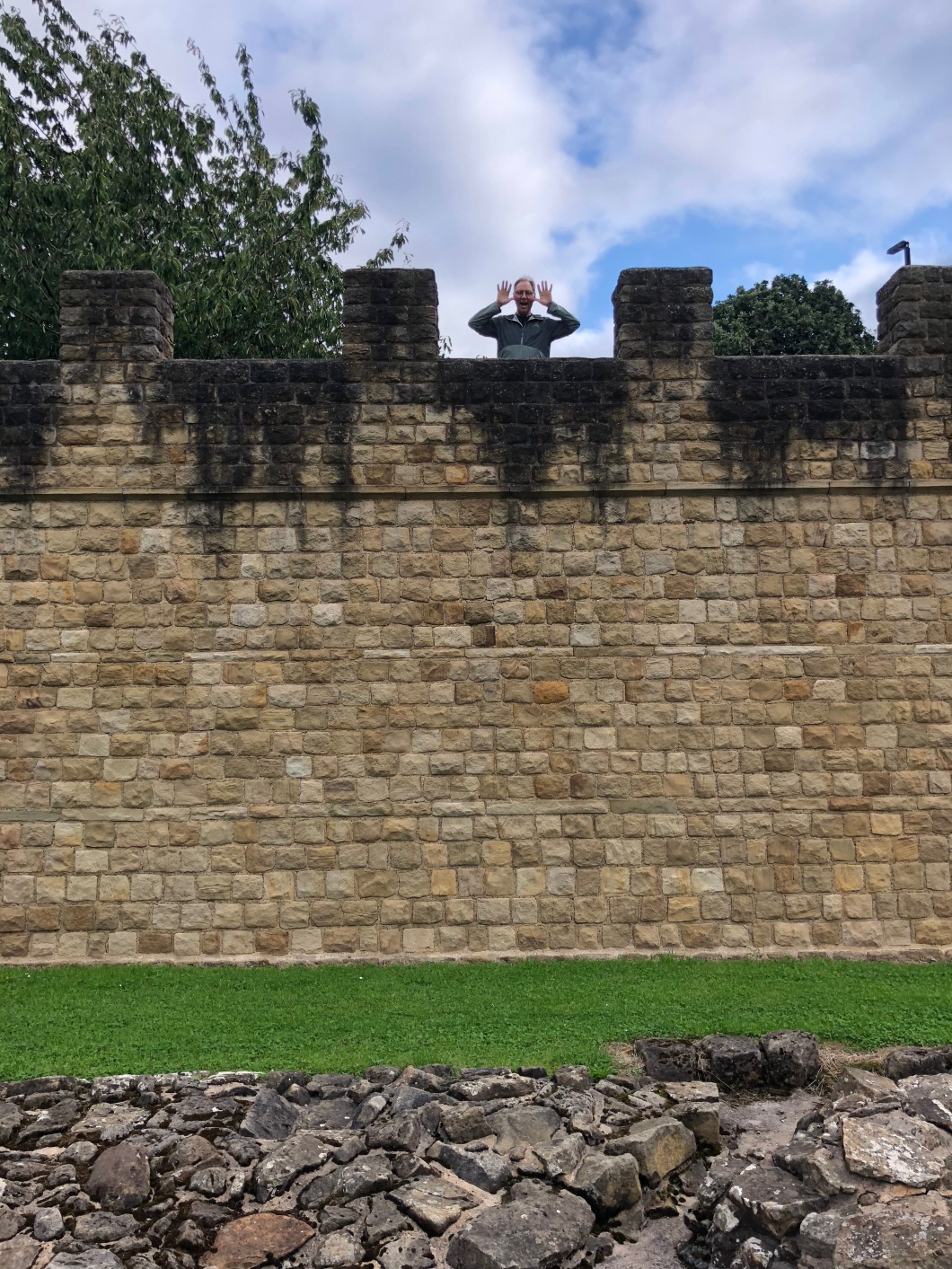
“Your mother was a hamster, and your father smelt of elderberries.” (https://www.youtube.com/watch?v=QSo0duY7-9s )
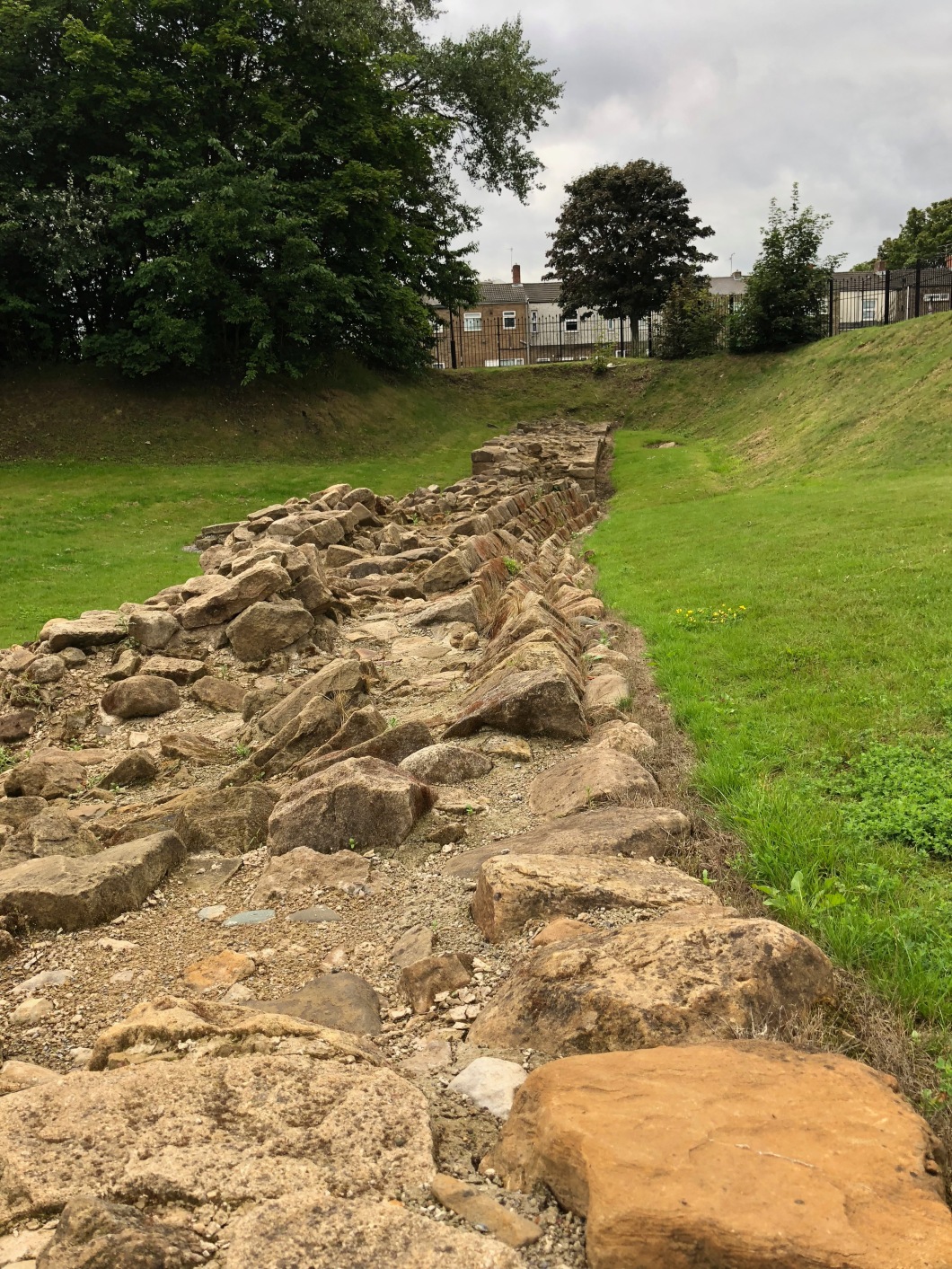
Note the part of the wall that collapsed inwards.
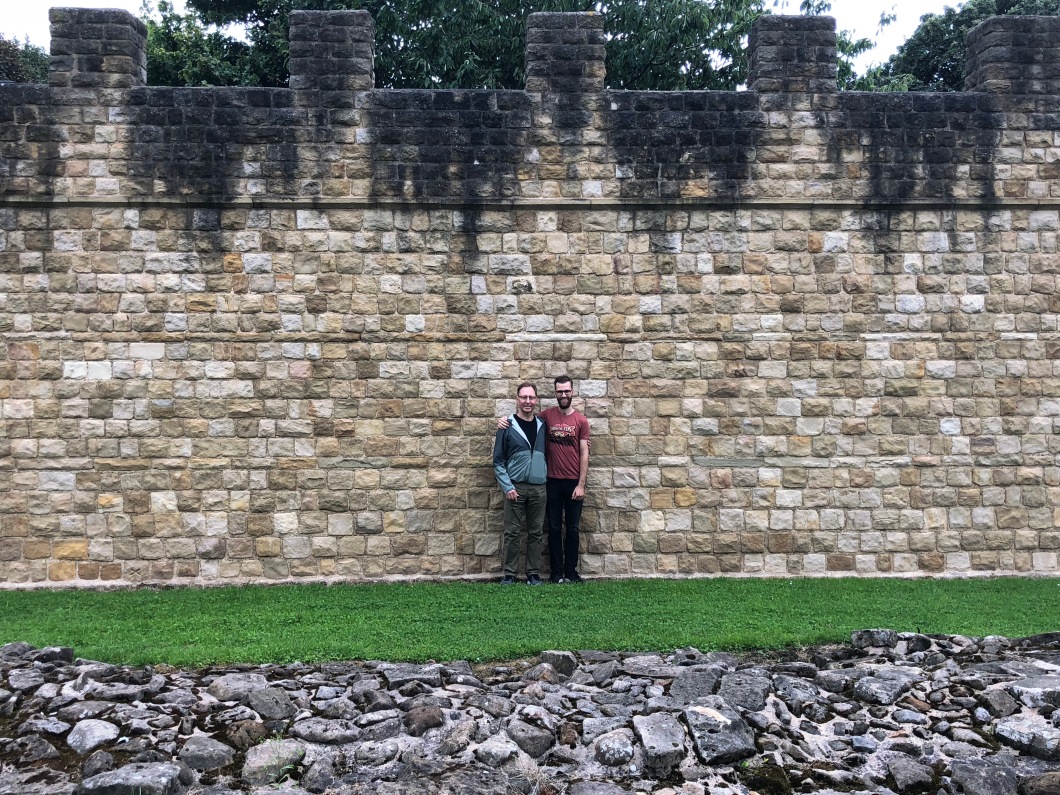
Two Canadians for scale.
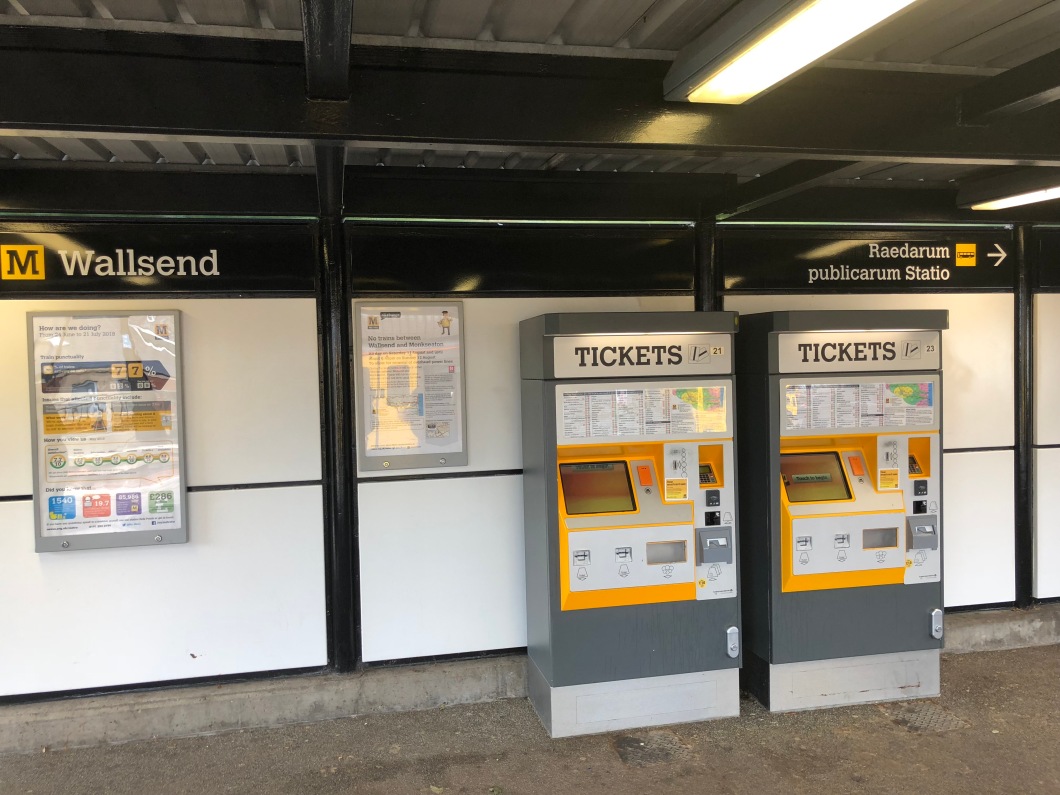
Interestingly, the Wallsend transit station was bilingual!
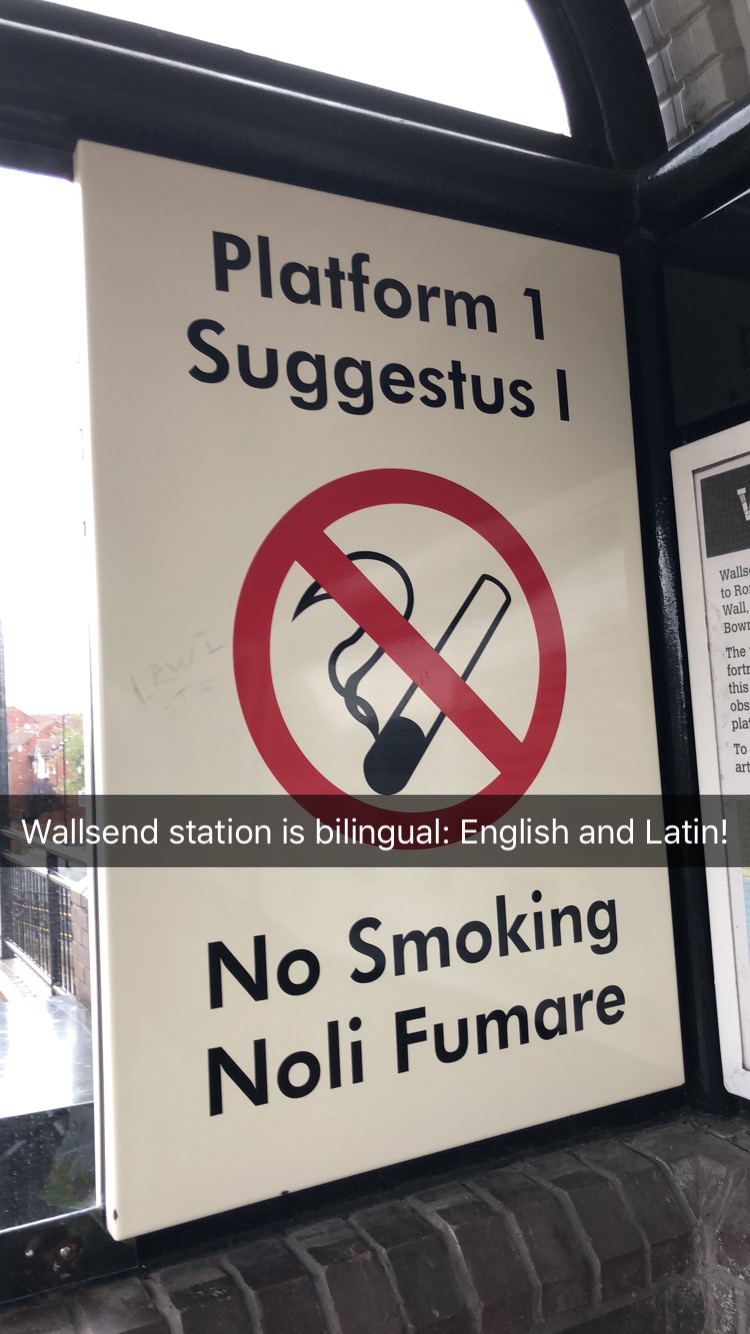


We made a point of touching the water on the eastern coast before heading inland.
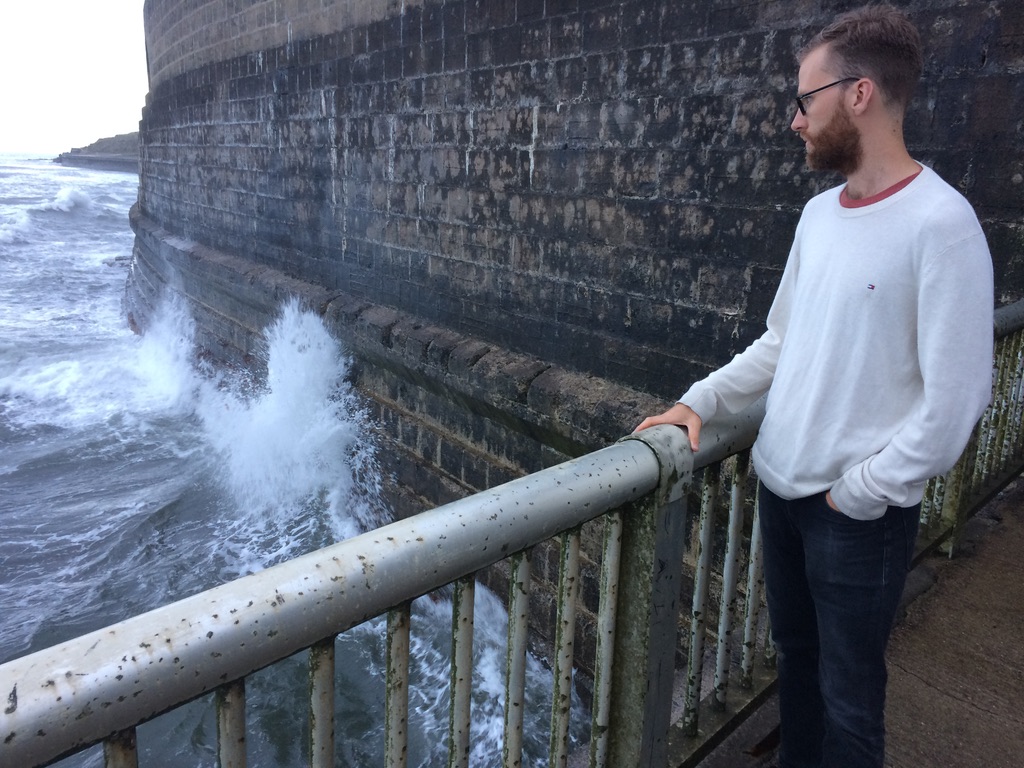
The Old Man and the Sea, a good Hemingway novel!
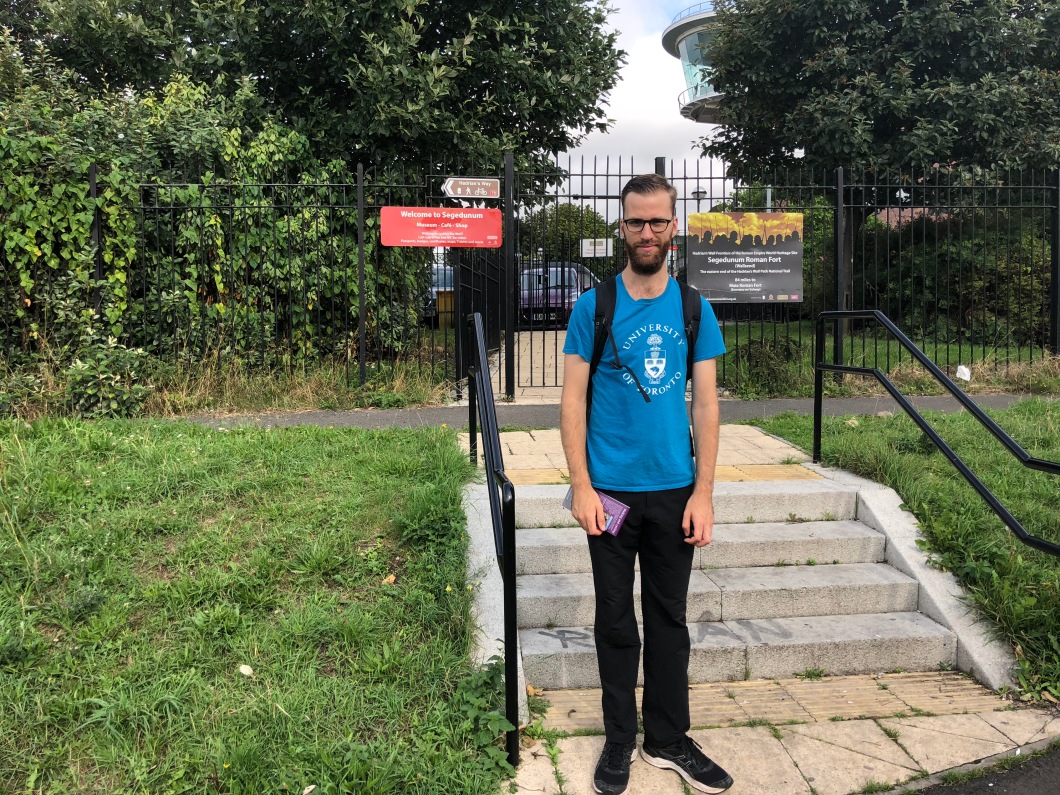
The next day. I was really excited to be Heddon-on-the-Wall.
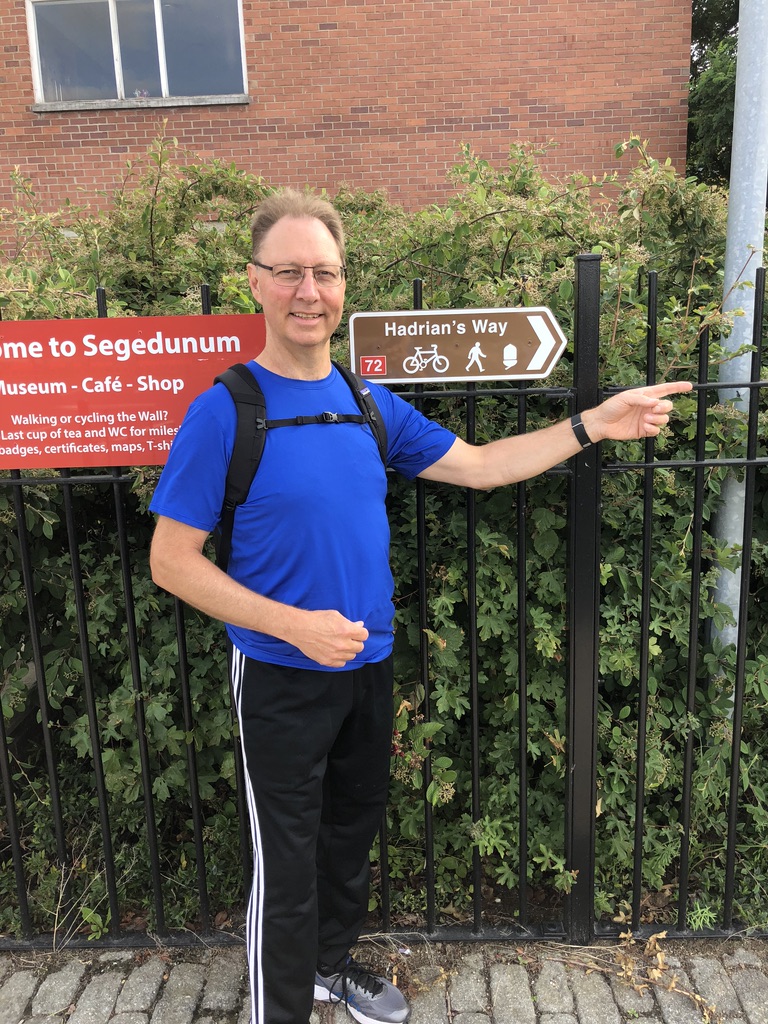
Follow the yellow brick road! Or in this case, the acorns.
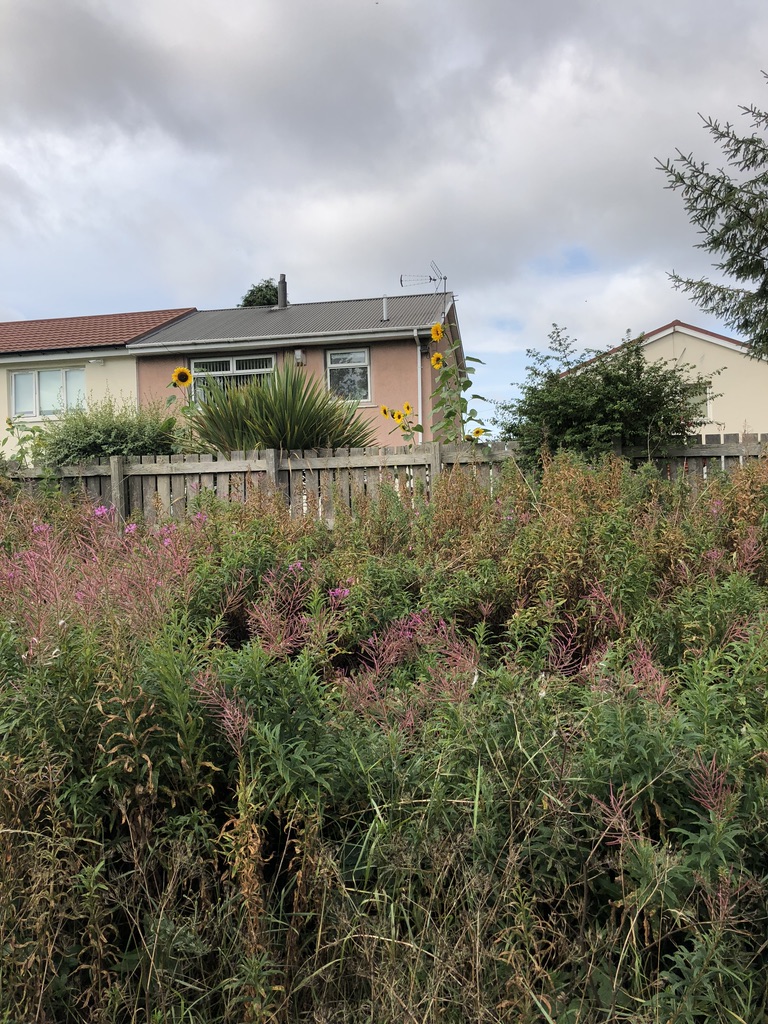
Probably the biggest sunflowers I have ever seen.

Friendly Northumbrian graffiti reminds me of Canada. Speaking of graffiti, there was some hilarious lewd graffiti that was uncovered in Pompeii. It is strangely comforting to know that human nature hasn’t changed fundamentally since the days of Emperor Titus. To read more, click here: http://www.pompeiana.org/Resources/Ancient/Graffiti%20from%20Pompeii.htm

Looking out on the River Tyne.

The bonnie bonnie banks of the River Tyne, plus the skeleton of a ship, some old tires, and a shopping cart. Doesn’t look like the Tyne would be very romantic for a river cruise either.

And I thought that the Union Flag (note it is only called the ‘Union Jack’ if it is on one of her Majesty’s Royal Navy Ships) couldn’t get any more British.
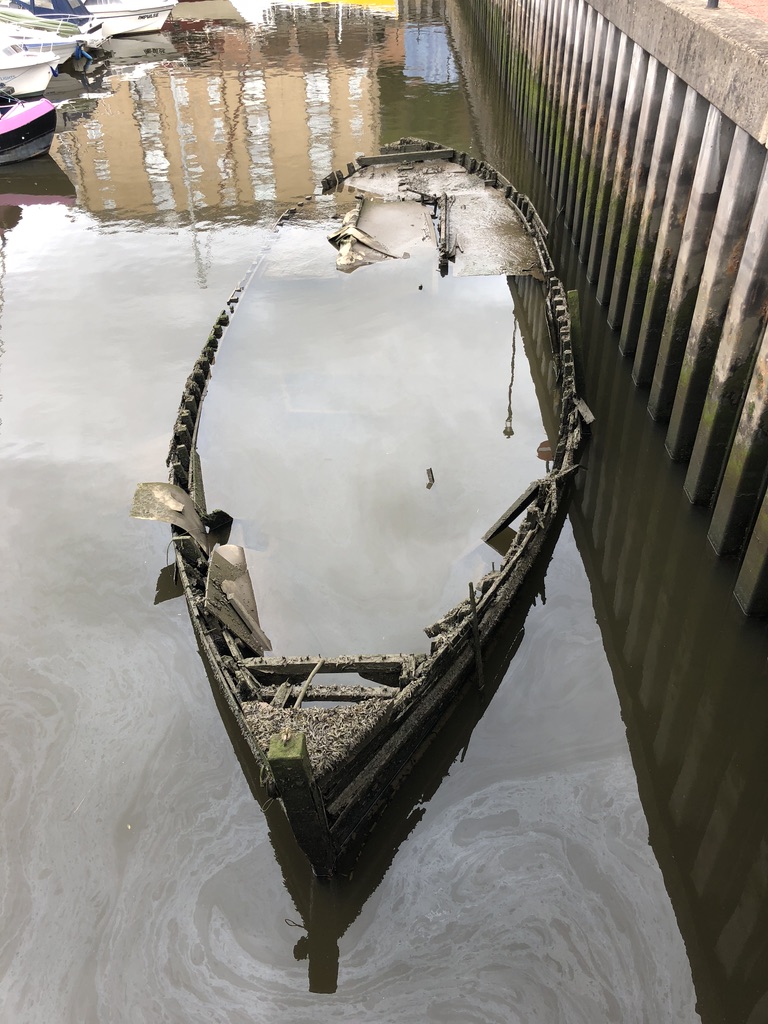
More wrecks. This seems to be a theme.

The Seven Bridges of Newcastle, note the Gateshead Millennium Bridge which tilts a few times a day.

A Royal Navy site complete with a Spitfire.

The hottest gossip in town.

I would have been remiss if I did not pay a visit NewCastle’s NewCastle, or is it New Castle Castle? The locals just refer to it as The Castle.
I am going to shamelessly quote Wikipedia on its history:
“In the mid-2nd century, the Romans built the first bridge to cross the River Tyne at the place where Newcastle now stands. The bridge was called Pons Aelius or ‘Bridge of Aelius’, Aelius being the family name of Emperor Hadrian, who was responsible for the Roman wall built along Tyne-Solway Gap. The Romans built a fort to protect the river crossing which was at the foot of the Tyne Gorge. The fort was situated on a rocky outcrop overlooking the new bridge.
A good reconstruction of Pons Aelius fort and bridge can be found here: https://www.youtube.com/watch?v=UsuR6OEdQfo
At some unknown time in the Anglo-Saxon age, the site of Newcastle came to be known as Monkchester. In the late 7th century, a cemetery was established on the site of the Roman castle.[1]
In 1080, the Norman king, William I, sent his eldest son, Robert Curthose, north to defend the kingdom against the Scots (or the SNP, am I right? Some things never change). After his campaign, he moved to Monkchester and began the building of a ‘New Castle’. This was of the “motte-and-bailey” type of construction, a wooden tower on top of an earthen mound (motte), surrounded by a moat and wooden stockade (bailey).
In 1095, the Earl of Northumbria, Robert de Mowbray, rose up against William Rufus and Rufus sent an army north to crush the revolt and to capture the castle. From then on the castle became crown property and was an important base from which the king could control the northern barons.”

The Second paragraph is relevant.

There was a Norman helmet so I couldn’t help myself (especially because of their relevance to the site). I should have worn it for my whole visit because I cracked my head in a low hanging archway just after this. 12th century castles were truly meant for the short and squat ( https://www.youtube.com/watch?v=aPriOQkKd6k )

Once again, one unit of DAD for scale.

Back on the trail. The wind had turned his hat into a Tricorne hat. No better way to keep up with the times than to embrace 18th century fashion. He’s only missing the wig.

This is a still of a video I took of some youths from a moped gang that we encountered on the trail. After talking with some locals I learnt that the local police are incredibly spineless and essentially do nothing to stop them. These brigands should probably be sent to the wall.
Near the end of this trail we were almost run over by a gang riding three mopeds. The worst part was that they cut quickly around a corner in a part of the walk that was frequented by families with small children. It was pretty enraging.
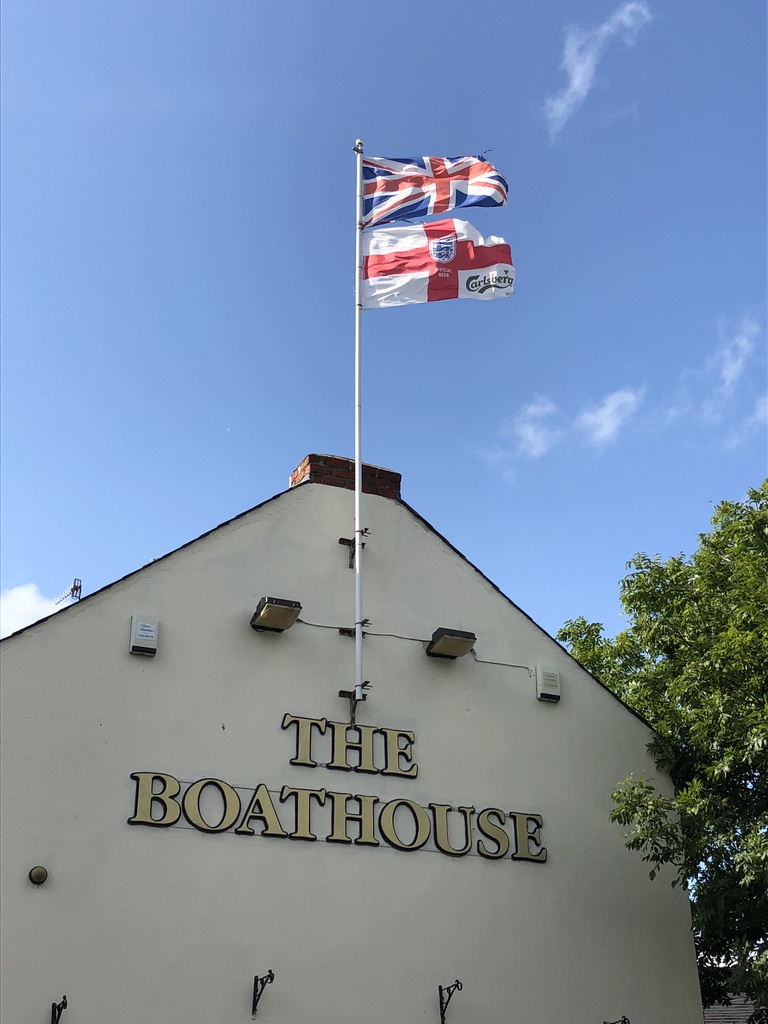
It’s coming home!
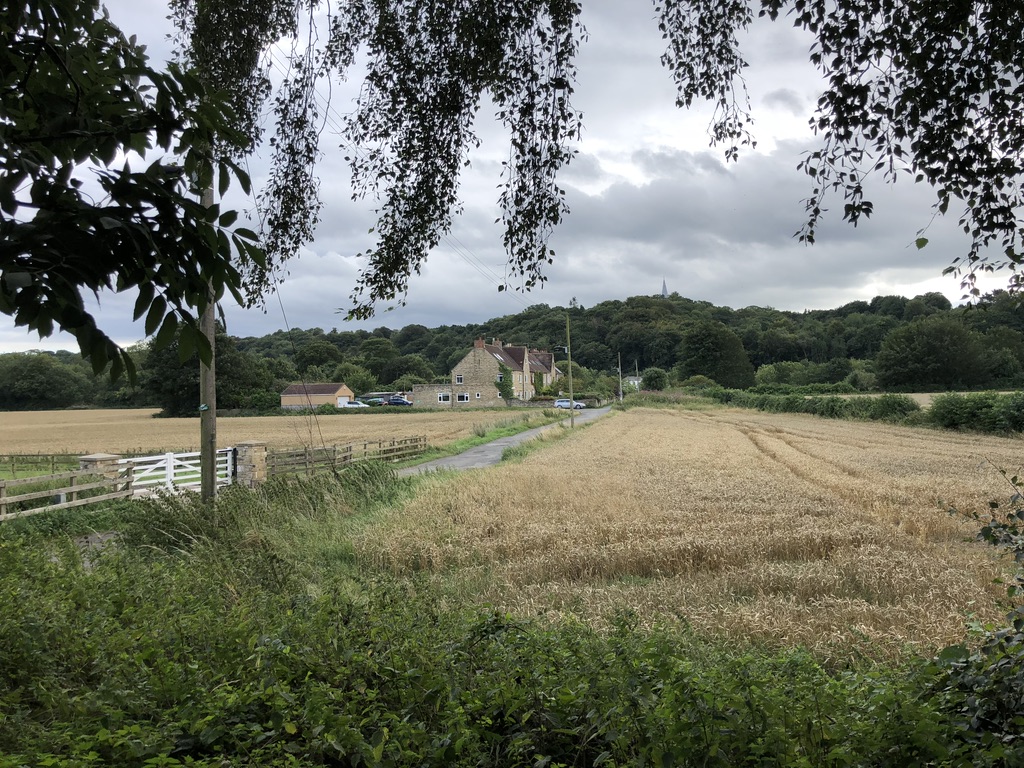
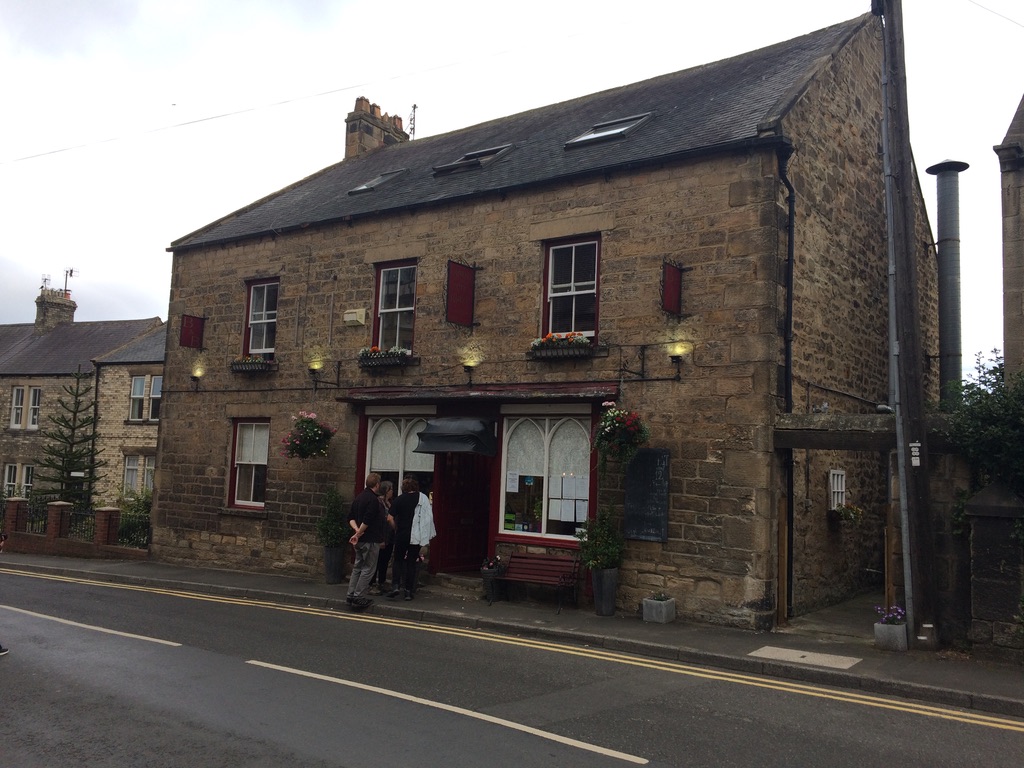
Our lodging for the night
Day ii can be found here:
https://hadrianswall720834694.wordpress.com/2019/01/09/day-ii-heddon-on-the-wall-to-chollerford/

